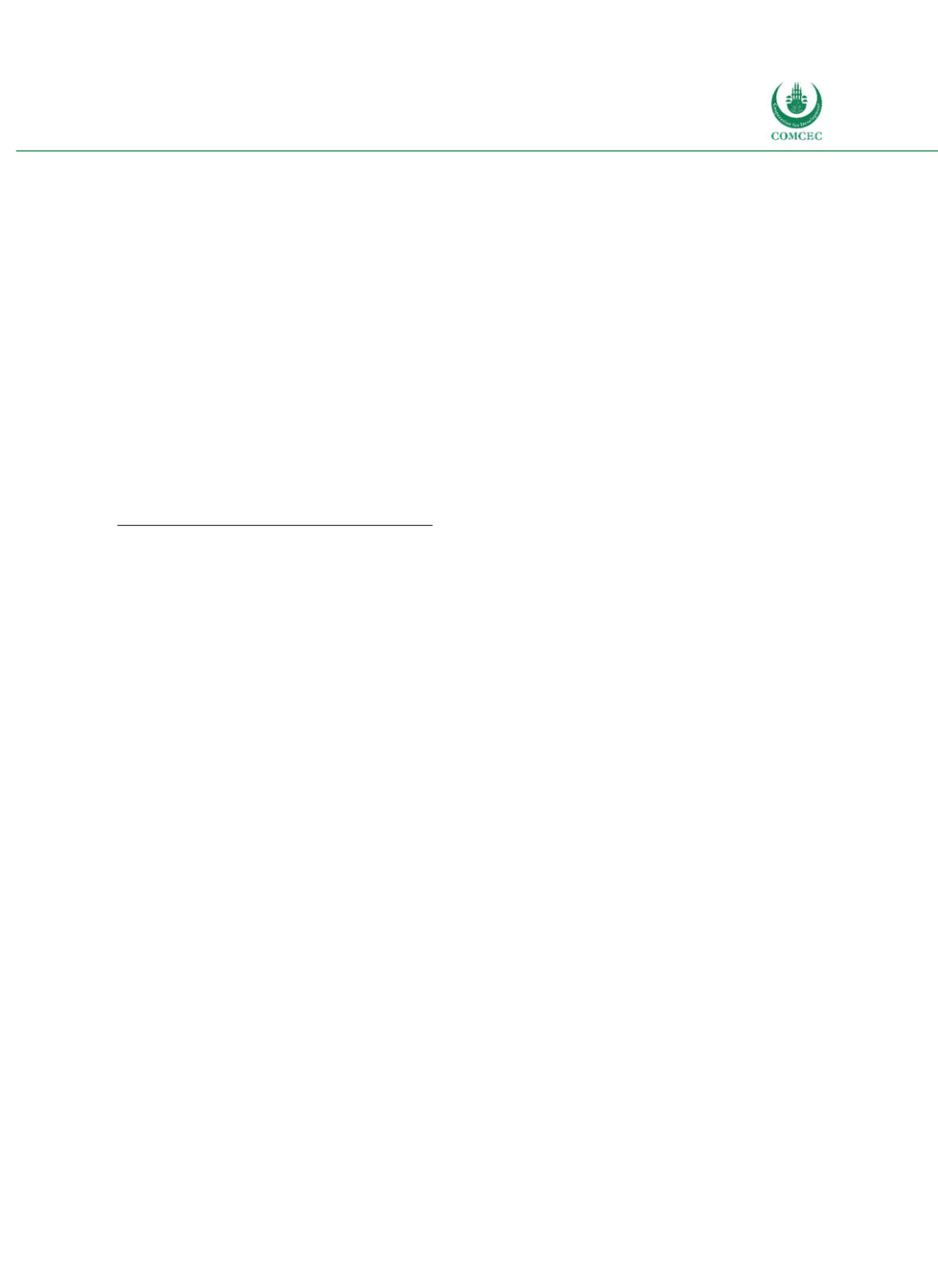

Improving Public Debt Management
In the OIC Member Countries
123
Debt reporting
Although the MoFNE already introduced a computerized Government Resource Planning
system (GRP), the Domestic Debt Unit at the MoFNE still struggles to keep the domestic public
debt on record. The collected data is issued monthly, quarterly and annually as part of the
respective budget reports, whereas the external public debt is tracked separately by the CBoS
and has been published in an annual report since 2000 (Osman 2013). The CBoS also publishes
a detailed overview of the creditor structure of Sudanese external public debt in its quarterly
“Economic and Financial Statistical Review”. Contingent liabilities are not reported.
Debt management strategy (incl. risk management)
Both the Minister of Finance and National Economy and the governor of the Central Bank of
Sudan avow for the improvement of public debt management policies in Sudan (IMF 2014).
The principal objective of debt management in Sudan is “to meet government financing needs
within lower possible cost and acceptable level of risk using Shari’s compliant instruments”
(Osman 2013, p. 4). Nevertheless, no specific document is published which specifies this
general objective and outlines the particular debt and risk management indicators.
Borrowing and Related Financial Activities
Operations (incl. Islamic finance)
The financial system in Sudan relies to a high degree on the banking sector and has operated
under Islamic principles since 1983 (IMF 2014a, 2016). There exist no interest rates, and rates
of return are based on Islamic modes of financing. The government, in particular the CBoS,
uses various shortand longterm Islamic finance instruments for debt and liquidity
management. The CBoS uses Central Bank
ijarah
Certificates (
shihab
) for open market
operations. These instruments have a maturity of 10 years and a nominal value of 1000
pounds. Returns are fixed and distributed monthly. Furthermore, the CBoS uses
sukuk
bonds
for the management of liquidity (AFMI 2016). In order to conduct monetary policy and to
achieve its operational target (growth in money supply), the CBoS controls the profit margin
rate of the Islamic finance instrument
murabaha.
This profit margins rate is widely used by
Sudanese banks as a kind of base rate (CBoS 2016b).
The government issues two types of
sukuk
bonds. Government
Musharaka
Certificates (GMCs),
also called
shahama
, are shortterm securities, which are issued by the MoFNE (AFMI 2016)
and mainly used for liquidity and cash management. Apart from that, the government issues
longterm Government Investment Certificates (GICs), which are known as
besrah
and are
available with maturities ranging from two to six years. The nominal value of the instrument is
distributed in profits quarterly or biannually (AFMI 2016). Compared to the market for GMCs,
which has been growing steadily since 1999 because of the specific characteristics of these
instruments such as high profitability, low risk, shortterm maturity and high liquidity, the
market for GICs has been stagnating since its introduction in 2003 (IIFM 2016). The secondary
market of government
sukuk
takes place at the Khartoum Stock Exchange (KSE). Main
regulating bodies are the
Sukuk
Regulation Committee (SRC), the
Shariah
Supervisory Board
and the High
Shariah
Supervisory Board (IIFM 2016).
Between 2007 and 2013, the
murabaha
profits margin was stable ranging from 9.7% in 2010
to 11.5% in 2008 (see Figure 424). However, between 2008 and 2015, inflation was always
substantially higher, which led to negative real rates of return. For instance, the average real
rate of return on domestic general government debt was 17.7% in 2014. Only after the
government has conducted structural reforms, the inflation started to decrease in 2014 and is
















